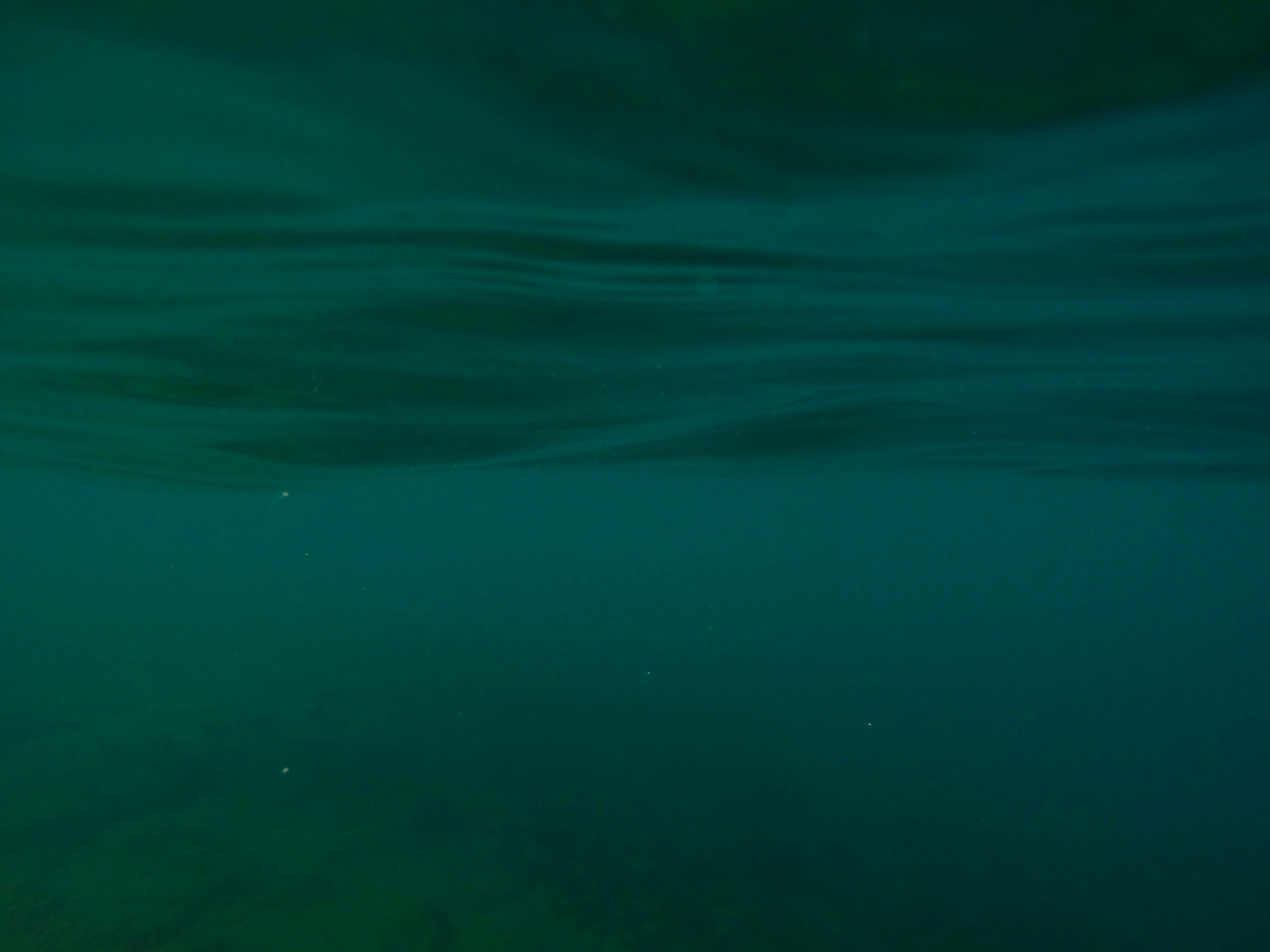I looked across the speedboat at the other passengers, lurching every which way. Up, down, left, right, as my body followed theirs, bouncing around the front of the boat. We were told that the boat ride shouldn’t be more than two hours, but 15 minutes in, with no fresh air, I was surrounded by people who looked like they were on the edge of puking. Five minutes later three people next to me were throwing up into little plastic bags that the crew had handed out — so many people puke on these boats that the crew hands out barf bags to everyone. For an island-based tour of the Galapagos like ours the only way to get from island to island was by “speedboat,” and this was only our first crossing; traveling from San Cristóbal, the oldest island, to Santa Cruz Island, the most populated.








We spent the first three days on San Cristóbal Island where we spotted Red-Footed Boobies (I had no idea that Boobies come in four different varieties: Blue, Red, Masked, and Nazca), bright red crabs, Frigate birds with inflatable red gullets, Finches (both Darwin’s and others), Sea Turtles, and more Sea Lions than it’s possible for anyone to count. In order to see all of the wildlife we biked with no breaks in the pouring rain, took another boat ride (that wasn’t nearly as sickening as the others), and snorkeled in dark waters up to 130 feet deep.
Back at the capital town of the Galapagos, Puerto Moreno, we watched as local teenagers held dance practice along the waterfront with unassuming Sea Lions napping by the boom-box. We joined the rest of the tourists, which seem to far outnumber the locals, exploring the small town before waking up early the next morning to help replant native species of the Galapagos (good old fashioned voluntourism) while being attacked by bugs, I counted 87 bug bites in all. The delicious lunch that the farmers fed us definitely cost more to make than the price of our labor that day.







This is part one of three of my Galapagos Island posts, keep an eye out for two more coming soon!